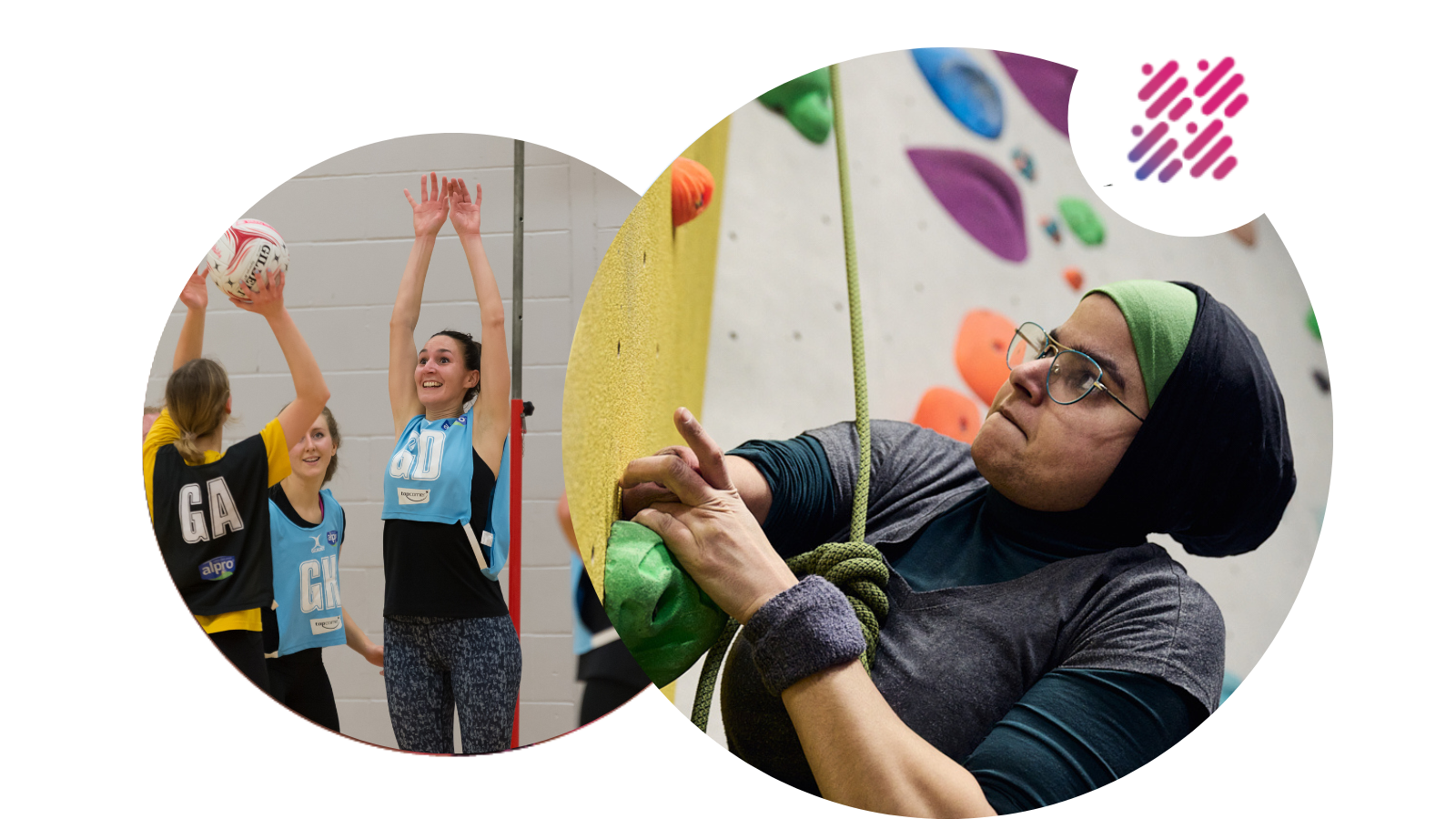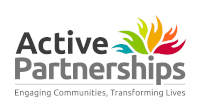Record Numbers More Physically Active

More women, older adults and disabled people and those with long-term health conditions are getting active, Sport England's latest Active Lives Adult Survey shows.
Based on data gathered from November 2017-November 2018, a total of 498,100 more people (aged 16+) are meeting the Chief Medical Officer’s guidelines of doing at least 150 minutes of moderate intensity physical activity a week compared to 12 months ago.
In addition to the increase in people classed as active, the number of inactive adults – those doing fewer than 30 minutes of physical activity a week – has reduced by 185,000.
These figures mean that 62.6% of the adult population are now classed as active, with 25.1% now inactive.
Sport England's research also shows that enjoyment is the biggest motivator for the active while, for those who are not active, perceived ability has the biggest impact on how much they do.
Click here to read the latest report.
The results, based on a sample of 180,000 members of the public, show specific increases in the number of active women, with a year-on-year increase of 286,000 thanks in part to efforts across the sport and physical activity sector to appeal to women.
This means the gender gap between numbers of men and women who are physically active, is continuing to narrow.
Figures also show an increase of 133,200 in the number of disabled people and those with long-term health conditions classed as active – the first increase in this category since the 2012 Olympic and Paralympic Games – with gym sessions showing the biggest growth.
Retired people are also getting active, with retirees specifically leading to a decrease in the number of 55+ adults classed as inactive.
Despite these positive results, stubborn inequalities still remain:
- Women from lower socio-economic groups and black and South Asian communities are less likely to be active
- There was no change in the number of people from lower-socio economic groups who are getting active and they remain significantly less likely to be active than those from higher-socio economic groups
- South Asian and black adults are the least likely to be active.
The survey also shows that the activity habits of the nation continue to change:
- Walking for leisure and travel (numbers grew to 26.9 million).
- Adventure sports (hill and mountain walking, climbing and orienteering) saw significant growth
- Fitness activities, driven by gym sessions, are the most popular activity after walking. Within this category, yoga and Pilates grew in popularity, while fitness classes like Zumba became less popular
- Swimming levels have stabilised after a period of decline, with peaks seen in outdoor and open water swimming during the summer heatwave of 2018
- Weight sessions have grown in popularity for women.
But while ways of getting active are becoming more diverse, Sport England's research also shows that 5.5m people who are not currently active, don’t feel they have the ability to be active.
And even though large numbers of the population still do traditional sports, the numbers aren’t growing:
- Overall football participation has decreased, but women’s football remains stable
- Overall cycling levels have dropped, with outdoor, road cycling and racing participation down. However, indoor bike sessions saw a spike.
Tim Hollingsworth, Sport England's Chief Executive said:
Things are moving in the right direction, however, stubborn inequalities remain which show that sport and physical activity still isn’t appealing to everyone.
It isn’t right or fair that people on a low income, women and black and South Asian people are still less likely to be active.
We’re working hard to address that across all of our programmes, with a new stage of the This Girl Can campaign, Fit Got Real, just one example.
We urge all sport and physical activity providers to think about the practical steps they can take to make their sports more welcoming and inclusive to all.
People are gravitating towards activities that can fit into their busy lives, that are enjoyable and where ability doesn’t have to matter.
The fact that traditional sports participation isn’t growing is worrying considering their importance in the fabric of the nation and the positive social and community benefits they can bring.
The nation’s activity habits are changing. The sports sector must become more demand led as a result.
We must ask how our sports can offer consumers the convenience they seek and offer activities that are enjoyable, affordable and accessible.”
Welcoming the results, Minister for Sport and Civil Society Mims Davies MP reinforced the benefits of sport and physical activity to mental and physical wellbeing, as well as the importance of making increasing activity levels a key priority.
There is still much more to do to tackle stubborn inequalities in participation. I want the sector to continue to innovate and make sure that everyone, no matter what background they are from, can get and stay active."
Latest news from Active Black Country
View all news
INSIGHT HUB
Timely data and learnings in relation to physical activity and sport in the Black Country and the added value we can offer.

WATER SAFETY PROGRAMME
Our Black Country Water Safety Programme has had a big impact since launching. Access our free resources for schools, community groups and parents & guardians to increase the number of children and families who are water safe and boost their enjoyment of swimming.













